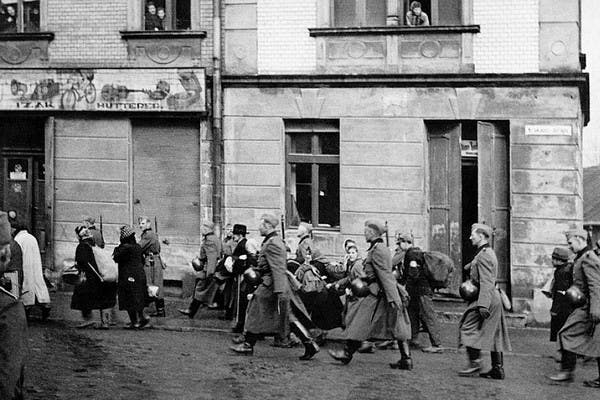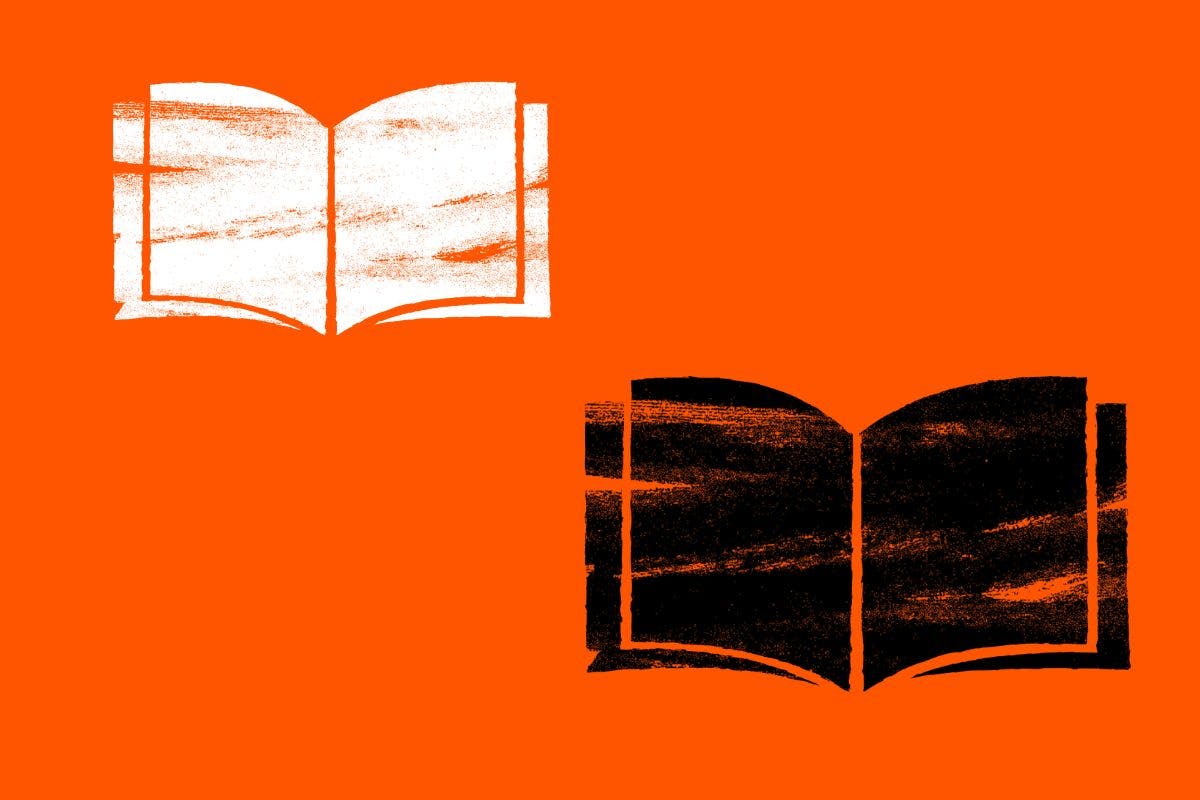Published: 7 December 2017
Last updated: 5 March 2024
Jews first settled in Oswiecim, west of Krakow, about 400 years ago. By the eve of the Holocaust, they comprised half the town’s population of 10,000 people. The community put up more than 20 synagogues, famous schools, and one of Poland’s first factories.
Oswiecim was known as “not a bad place” to live for Jews; indeed, the Yiddish name for the town was Oshpitzin, which comes from the Aramaic word for guests.
Today, only the so-called Auschwitz Synagogue remains of that vanished Jewish landscape. Built in 1913, the modest shul located off town square has changed hands many times.
As the synagogue closest to Auschwitz-Birkenau, where the Nazis murdered more than one million Jews during World War II, visitors usually come on the same day as a tour of the former extermination centre.
FULL STORY In the shadow of Auschwitz, Jewish life once flowed with spirits (Times of Israel)
Photo: One of several photographs taken during the deportation of Oswiecim's Jews to death camps and ghettos in the region during the Nazi occupation of Poland (Auschwitz Jewish Centre)




